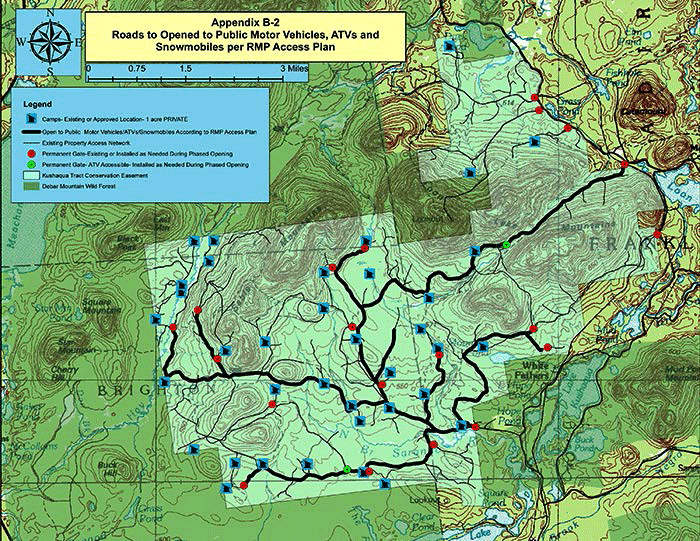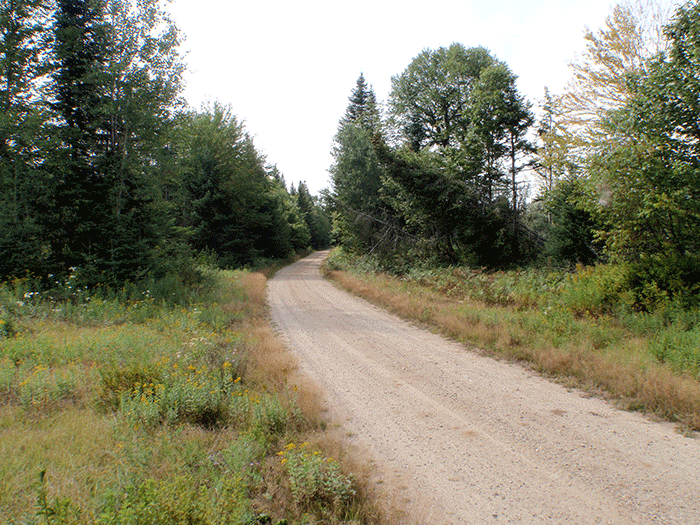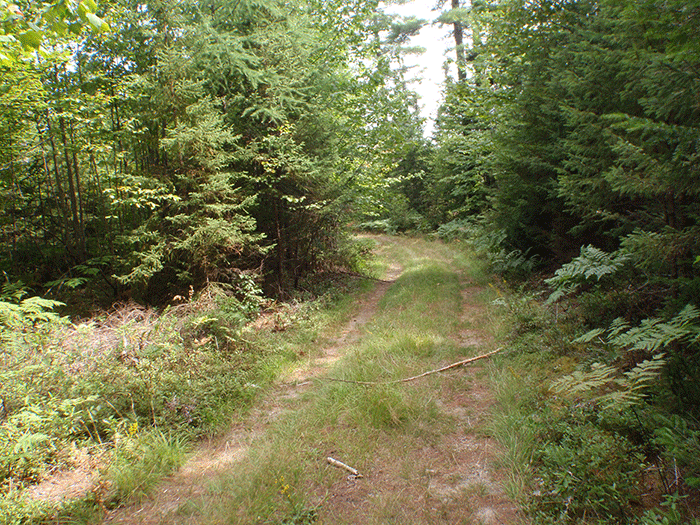The Department of Environmental Conservation has released for a new draft Recreation Management Plan (RMP) for the 18,000-acre Kushaqua Conservation Easement tract. This is a major forest tract in the Adirondack Park and is larger than the St. Regis Canoe Area. These lands are located in the Towns of Franklin and Brighton in Franklin County and are surrounded on all sides by Forest Preserve in the Debar Mountain Wild Forest area for which there is no Unit Management Plan. PROTECT notes that this entire tract is an “Easement A” under the original conservation easement with International Paper Company in 2004, which provides broad public recreational access. In 2006, Lyme Timber Company purchased the forest management rights over this tract. Under the terms of the conservation easement, Lyme Timber Company must approve the RMP.
Click here for a copy of the DEC’s draft Kushaqua Unit Management Plan. Public comments are needed by September 18th. See information below on where to submit your comments or submit an automatic letter below by completing the form.
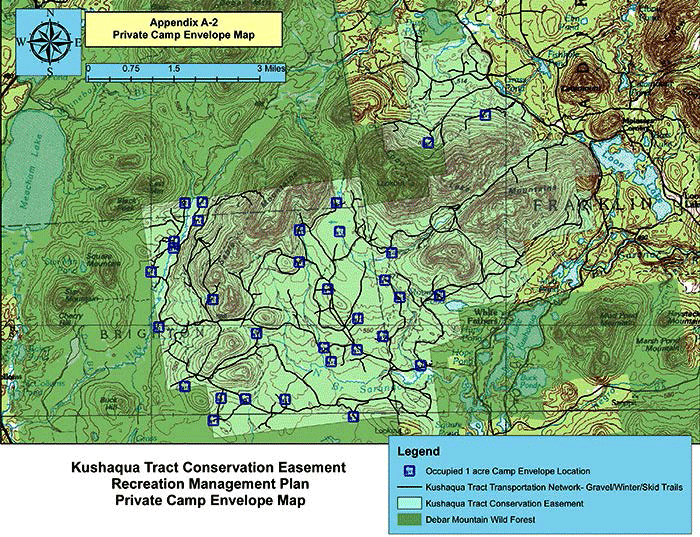
The Kushaqua conservation easement tract has over 30 permanent hunting camps. Public access is widespread but very much shared with exclusive recreational access of the leased camps.
Compliance with Conservation Easement: PROTECT has reviewed the conservation easement (CE). The CE states on page 18 “that the capacity of the Protected Property to accommodate public recreation is limited.” PROTECT’s review of the revised draft RMP failed to find any biological and or ecological data by which the DEC assessed the “capacity” of the Kushaqua tract.
The CE also references on page 18 a document “Standards for Public Recreational Roads and Trails” that “establishes minimum standards and specifications for roads and trails designated for public use.” If this is still an authoritative document in use by the DEC it should be attached as an appendix. If it is not, then the DEC should acknowledge this in the Response Document and state what policy or regulations have replaced it.
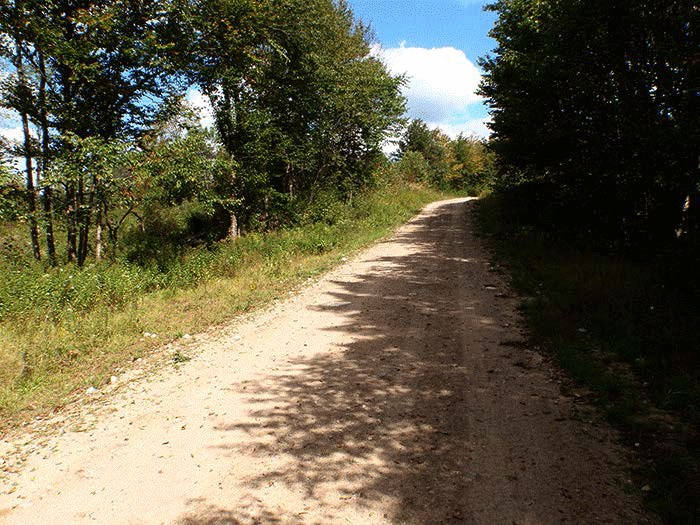
The Kushaqua tract has over 100 miles of major dirt roads used for forest management purposes. These roads have been used by motor vehicles for decades. These roads will be the major points of public access throughout the conservation easement.
Recreational All Terrain Vehicle Use Impacts
PROTECT sees all terrain vehicle (ATV) use on the public Forest Preserve as an experiment that failed. Scores of Forest Preserve roads were illegally opened by the DEC in the 1990s and then closed in 2005. PROTECT is concerned about the vast network of ATV roads proposed.
This will be the first state plan in the Adirondack Park to permit ATVs, in the form of 35 miles of ATV trails along existing roads built for forest management purposes. There has been no assessment of what this development will mean for the future of the Adirondack Park, in the face of an aggressive and expanding industry, making faster and more powerful ATVs, designed for aggressive off-road use. The state, once again, is not prepared for these developments. Simply setting a 25 mph speed limit is a useless exercise, absolutely unenforceable in this remote location. These machines can operate at high speeds and are very dangerous. The “recreation” of ATVS is not riding slowly on well managed roads, but in tearing up the backcountry. All one has to do is observe the advertisements that this industry buys in sportsman’s magazines. These machines are capable of operating off road and they, in fact, can be driven off road any time the operator likes. Illegal backcountry use of ATVs is rampant in the Park, with the DEC unable to enforce existing laws.
ATV Regulations: The RMP’s “Public Comment Responsiveness” document states “Existing regulations make ATV use on Forest Preserve lands illegal except within very rigid standards.” These regulations, if they exist, should be included with the RMP. If such regulations do not exist, then DEC needs to develop regulations that prohibit ATV use on the Forest Preserve and regulate ATV use on conservation easement tracts.
It is PROTECT’s opinion that much of the public limits on motorized use detailed in this RMP will be largely unenforceable due to the limited DEC regulations for motor vehicle use on conservation easement lands, specifically by ATVs. This is also a major problem for DEC staff on the Forest Preserve where effective enforcement against ATV trespass is severely undermined by the absence of official DEC rules. PROTECT notes that while a draft Commissioner’s Policy exists for ATV use on the Forest Preserve, this is an inadequate substitute for actual regulations.
ATV Use on Public Roads Leading to Tract: Public ATV use raises issues for nearby homeowners and property owners. Since ATV riding will be allowed on this conservation easement, this will enable the opening of local municipal roads to ATV use under the criteria of the State Vehicle and Traffic Law. What planning has the DEC undertaken to control ATV trespass on neighboring properties and the Forest Preserve and attendant natural resource damage?
ATV Use and Impact Assessments: The sheer number of roads opened to public ATV use makes this activity the dominant recreational public use envisioned by the DEC for these lands. PROTECT finds no inventories or assessments about the character and condition of these roads and trails to withstand ATV use.
Will ATVs Access Kushaqua Tract from Local Roads and Endanger Area Homeowners? PROTECT is concerned that the Kushaqua tract will become an ATV riding destination. We envision a scenario where local roads are opened to ATVs by local governments to provide connections to the Kushaqua tract. Such actions will be disruptive to nearby residents and the public that lives in the area and drives nearby roads. If ATVs are to be allowed in the Kushaqua site, DEC should state that they should be trailored to the trailhead parking area and not ridden there by accessing local roads. DEC should also engage with the Towns of Brighton and Franklin, as well as Franklin County, to make sure that roads in these municipalities are not opened to ATVs.
Questions about DEC enforcement of ATV use rules: The RMP says that leaseholder rights outside of their 1-acre envelopes and a designated access route are no greater than public rights. While leaseholders have specific ingress and egress routes, once at their camps leaseholders can then operate ATVs widely across the property the same as the public. The RMP provides no information as how the DEC will enforce these restrictions.
The “Motorized Uses” section on pages 21-22 details a series of rules that are unenforceable. The listing of these rules in an RMP does not give DEC enforcement officials any authority. The current regulations for conservation easements in Section 190.12 (part of Section 190: Use of State Lands) must be revised to include things like speed limits, trespass violations, fines, among other things.
Negative Impacts from ATV Trespass on the Forest Preserve: ATVs should not go near the Forest Preserve boundaries, so as to avoid trespass on the Forest Preserve. The RMP proposes dead-ending numerous ATV routes on at the Forest Preserve boundary.
Forest Management: Current aerial photography maps of the Kushaqua tract should be provided in the appendices and overlaid with private and proposed public recreational opportunities. Recent clearcuts, extensive strip cuts, and shelterwood cuts dominate the Kushaqua conservation easement lands. These heavy cutting practices will impact public and private recreation and should be considered and identified as part of the DEC’s planning. The public should be informed of the current status of silvicultural management on this tract.
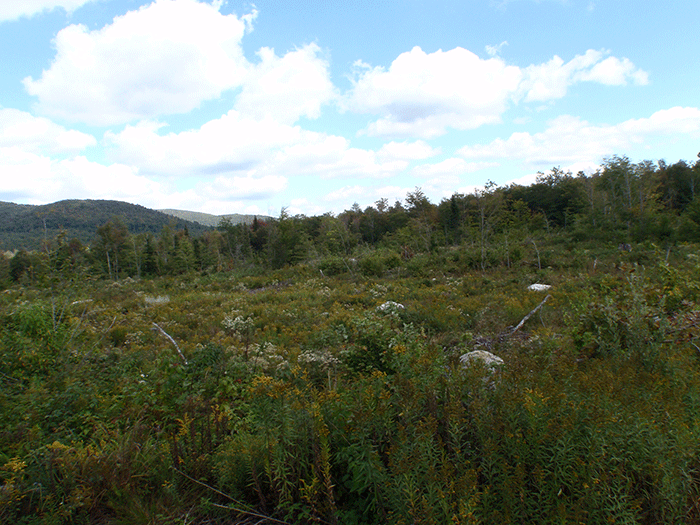
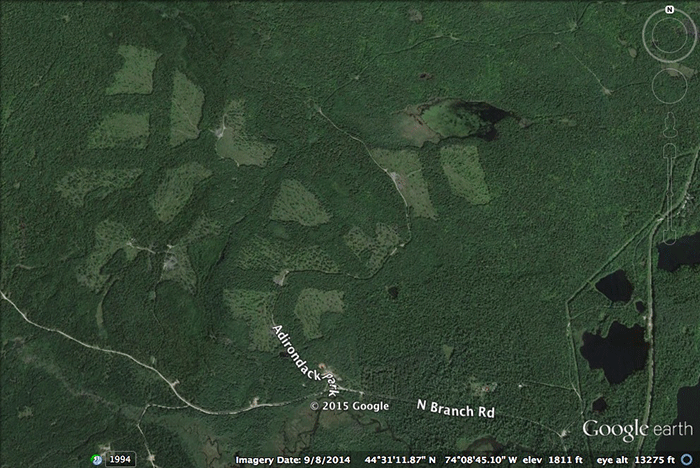
The Kushaqua tract has received some of the heaviest clear cutting of any conservation easement tract in the Adirondacks over the last two years by the Lyme Timber Company, which owns the forest management rights to the land. These clearcuts were all designed to avoid state jurisdiction and permit review.
The State of New York and a private landowner jointly pay local property taxes, among other taxes, on this property. A schedule of the taxes paid on this property by the state and private landowner for the past five years should be provided as an appendix. Additionally, if this land is enrolled in New York State Real Property Tax Law 480/480-a programs, this should be disclosed and confirmation of stumpage payments should be provided in an appendix.
This property is under active forest management. Data should be provided for total volumes of wood removed in recent years and harvest schedules for the next five years according to its forest management plan.
Scant Biological Resources Data: The “Biological Resources” chapter should include a section on “Forests.” This section should provide more information than the “Vegetation” part in “Biological Resources.” Much more information on the condition and character of the forests on this tract should be provided.
Mountain biking Opportunities: While, PROTECT notes the widespread opportunities for mountain bike riding on all the roads and trails open to the public, we also predict that mountainbiking will receive light use for two reasons. First, the desire by the public to mountainbike on dirt roads, which are often sandy with lots of loose stones or are overgrown with tall grasses and sedges, is very limited. While a few may explore the Kushaqua tract, few will return to ride on a regular basis. DEC should be realistic about potential mountainbike use. Only specially designed mountainbiking systems, such as the Whiteface-Wilmington Wild Forest system, which are single track trails with an wide array of trail options and challenges, draw mountainbike tourism to the Adirondacks. Second, riding through an industrial forest landscape or strip cuts and clearcuts is not a pleasurable experience.
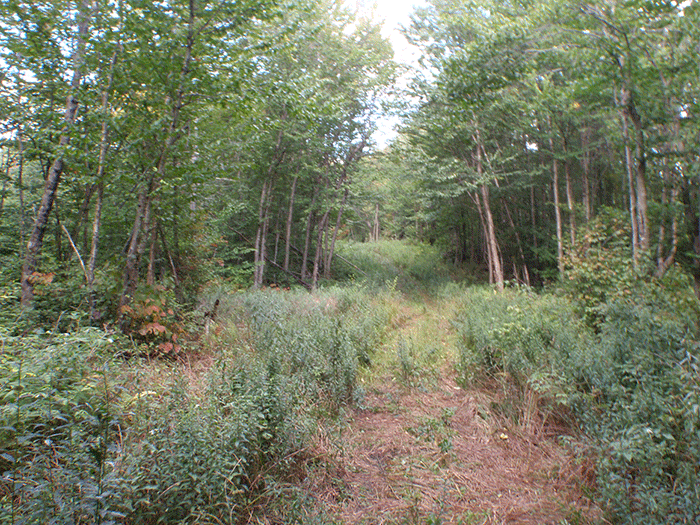
These pictures show the various road conditions of roads in the Kushaqua tract. DEC plans to open the tract widely for mountain biking on this road network.
Disabled Access: PROTECT supports construction of accessible campsites for the disabled community in the Kushaqua tract.
Linkages to Other State Lands: DEC proposes linkages to Forest Preserve trails in the Debar Mountain Wild Forest Area though that UMP is not completed. PROTECT believes that the DEC would be well served to coordinate planning between RMPs and UMPs when they share public recreation opportunities and facilities.
Drive-In Campsites: The RMP designates 10 drive-in campsites. PROTECT encourages the DEC to evaluate opportunities for parking areas in the western and north parts of the Kushaqua tract that could allow backpackers to access more remote areas of the Debar Mountain Wild Forest Area. PROTECT also encourages the DEC to evaluate siting lean-tos on the Kushaqua tract for public use.
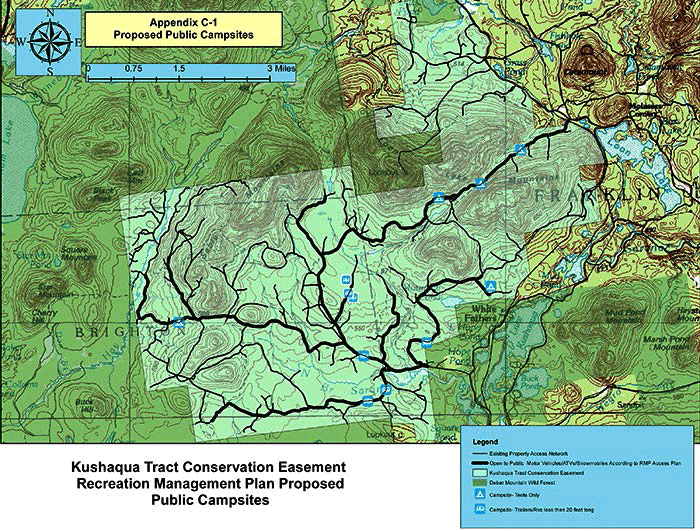
Proposed public campsites on the Kushaqua tract. These are all drive-in campsites to be accessed with automobile pulloffs with five outfitted for trailer parking.
Non-Motorized Public Recreational Activities: Non-motorized public recreation is not a priority in this plan. Motorized uses far out-weigh non-motorized usage. Non-motorized recreational opportunities principally include hiking, mountain biking and cross-country skiing, though there are limited opportunities for non-motorized canoeing on the few waterbodies in the tract. Several foot trails and trailheads are designated in the RMP, but mostly are shared use trails with ATVs. Mountain bikes routes are shared with automobiles and ATVs. We encourage the DEC to make non-motorized recreational opportunities more abundant in future conservation easement planning.
New Loon Mountain Trail: PROTECT supports the proposed re-route of the Loon Mountain hiking trail and its non-motorized use, but find it unfortunate that the hiking trail will be crossed by motorized trails, including ATV trails.
Constitutional Issues: The draft RMP states “The easement contains provisions for the public use of ATVs on roads and trails identified for such use on the Kushaqua Tract property. This use is generally considered appropriate on easement lands for several reasons: (1) while these lands are located in the Adirondack Park, the fee ownership is retained by a private owner, so the lands are not considered part of the Forest Preserve, and use is not confined by Article 14 of the State Constitution.” (p 30) The DEC should explain what it means by “not confined by Article 14 of the State Constitution.”
Submit a Public Comment by September 18, 2015
The DEC will accept written comments until September 18, 2015.
Comments should be sent to:
Sean Reynolds, Senior Forester
NYS DEC
PO Box 296
1115 State Route 86
Ray Brook, NY 12977-1200
R5.ump@dec.ny.gov
Submit an automatic comment by completing the form below:
Error: Contact form not found.
Thank you very much for your help to protect the great forests of the Adirondack Park!

